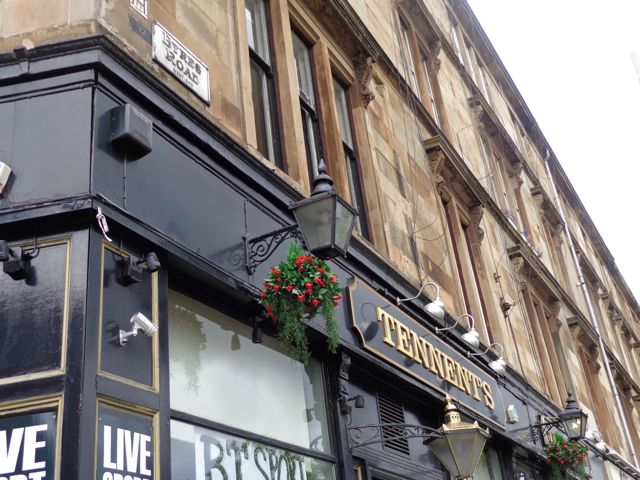I love travelling, but I’m not made of money, so I have to watch my budget and think of ways to travel a little more cheaply. A few months ago, I offered my house/pet-sitting services to friends and family (free in exchange for the use of their homes in the UK) and am currently undertaking my first ‘job’.
I am thoroughly enjoying myself, but it’s been a huge learning experience. Here are a few of the things things I have learned that will help me (and perhaps you) next time. Most of them are common sense, but they’re always worth repeating.
Most importantly – If you can, try and spend 24 hours in the house/with the animal before the owners leave. Ensure you have their contact details.

Wish I could put her in my suitcase and bring her home with me!
LOOKING AFTER THE ANIMAL:
Keep to the animal’s routine, not yours. (eg Walking, feeding etc.)
Make sure you know what food they eat – where to buy more if you run out – and only give them allowed treats.
Keep to the owner’s rules (eg not being allowed to climb on furniture etc) not yours. I’m a big softie, and the dog I’m looking after can sense that, so she’s tried to push a few boundaries. It would be so easy to give in… but that wouldn’t be fair on her. Or my friends.
Know the animal’s health history. Know any medications and how to give them. (eg must they be taken with food?) Know the vet’s phone number, address, opening and emergency hours, and ensure you know how to get there if needed.
Does the owner need to be informed before you take the animal to the vet, or are they willing to leave it to your judgement? How will the vet bill be paid?
HOUSE:
Know who are the spare key holders. Carry their phone numbers with you when you go out… just in case you lock yourself out. (Haven’t done this myself, but you never know.)
Have a list of all emergency contacts – electricity, gas etc. Get neighbours’ phone numbers if you can.
If there is an alarm system, make sure you know how to use it and ensure you do, as it could affect their house insurance if you don’t.
British homes can be quite different to North American ones, especially when it comes to the heating systems. Heat is usually not left on 24 hours a day, so make sure you know how to use and override the timer in case you need to. I have been asked to monitor the boiler pressure every two days, so make sure the owner writes down exactly how to adjust it.
CAR:
In North America, it’s common to insure the car rather than the driver. In the UK, it’s the other way around. If you are going to be driving the owner’s car in the UK, confirm that it will be insured for you, know the exact dates, and know where the papers are.
Remember to drive on the correct side of the road. :o)
A few years ago, I bought a cheap UK satnav because I visit here so often. If you have one that works overseas, bring it along, just in case the owners don’t have one, or you can’t figure out how to operate it. (Ahem!)
YOURSELF:
I wouldn’t have thought about this except I fell on the street while out walking the dog yesterday, crunched my knees and barely missed hitting my head. It’s unlikely – but possible – that something might happen to you, so be prepared for a worst-case scenario.
Carry your phone with you. Consider buying a cheap one when you are in the UK so you don’t have to pay carrier fees, or arrange a plan with your usual carrier before you leave home. You can buy a basic phone in the UK for about $20 with a pay-as-you go facility.
Buy adequate health insurance before you leave home.
Have someone to call in an emergency.
Have someone who can take care of the animal(s) if you become incapacitated.
Consider house sitting with a friend, so there is someone to take over if anything happens to you.
It’s quite a responsibility looking after someone else’s home and animal, but I have to say I’m loving it as I’m not allowed to have a dog where I live. It’s a ‘quiet’ kind of holiday. I’m not dashing around taking in all the sights, although I could if I wanted as I have the use of my friend’s car, and the dog is used to being on its own all day. But I’m loving going for long walks with the dog and just… puttering and relaxing. Neighbours and friends have been very welcoming – and I’m enjoying the chance to slow down.













 Although I was born and brought up in Scotland, I’ve lived overseas for so long now, that sometimes I forget just how rich and humorous and wise some Scottish sayings are.
Although I was born and brought up in Scotland, I’ve lived overseas for so long now, that sometimes I forget just how rich and humorous and wise some Scottish sayings are.







